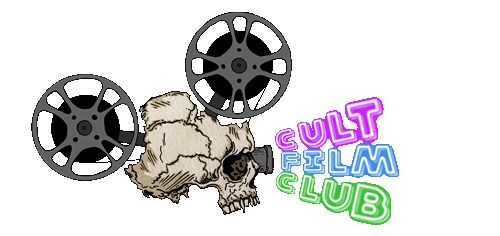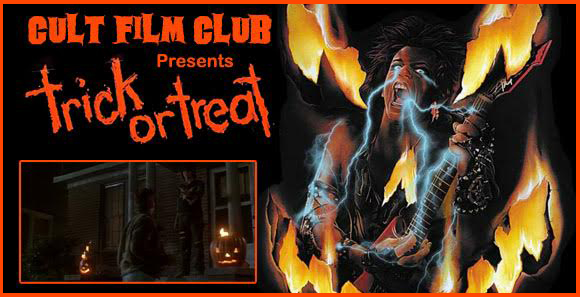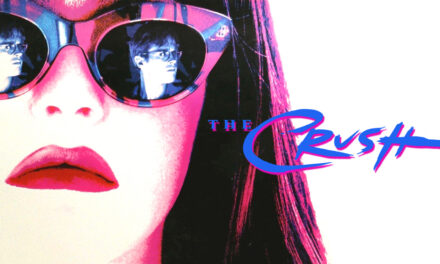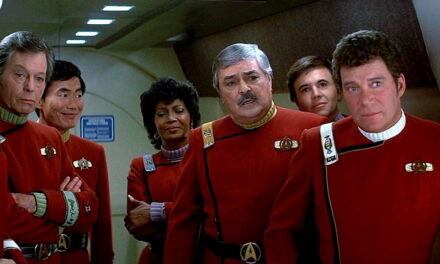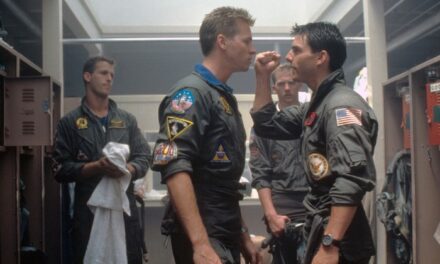One of the aspects that I love about cinema before the age of DVD and the internet was the rarity of behind the scenes information on movies. If you were lucky and a movie was popular enough, you might find some critical essays, talk show appearances, newspaper stories, or even an entire one-shot souvenir magazine dedicated to revealing the story behind the filming, but most likely all you really had was the film itself to study. The only other interesting source of information on a film came in the form of official novelizations, published in tandem with the release of a movie. These tie-in books started as a way for studios to feign an air of legitimacy for a film, as if the film were based on the book (instead of the reality of the publication.) Films like Jaws and the Godfather were taken very seriously because they were based on novels, and studios wanted to replicate this success any way they could. But what is really cool about these novelizations is that they often feature alternate plot lines, fleshed out secondary characters and most importantly, “deleted scenes”.
Though more often than not these novelizations were written based on the existing screenplay, there are instances where either the screenwriter fleshed out their work into a novel, or in the case of Collin Higgin’s Harold and Maude, the novel was one of many iterations of his college thesis project. The story was developed into a play, a screenplay, and a novel (of sorts), the latter published the same year that the movie was released which puts it in the category of novelization as far as I’m concerned. The book itself is only 145 pages, and reads at the pace of a screenplay (roughly a page per minute.) I tackled and finished this book in under two hours, and I’m not the fastest of readers.
I’ve probably seen Harold and Maude a good nine or ten times by now and I was really looking forward to the novel to see if any of the notoriously cut scenes (in particular the love-making sequence) were in prose. Though I didn’t get a blow by blow of the coupling (egads, pun not intended), there was a treasure trove of cool stuff buried in these pages. Honestly, though there were a couple of deleted sequences in the book, there was nothing that was all that life altering (like a detailed sex scene.) The majority of the cut material revolves around two sequences, the bit where Harold and Maude transplant the suffocated city tree into the forest, and a set of reoccurring sequences featuring Glaucus the ice sculptor. In the tree rescue sequence, after they plant the tree in the forest Maude get a bug up her butt to climb a tree and so the pair shimmy up 80 feet in the air and perch themselves on a branch so that they can look out over the area. Can you imagine someone hauling Ruth Gordon up into a tree? Didn’t think so. The Glaucus scenes were a bit cooler in that you got to see a side of Maude that wasn’t fully revealed in the film (literally and physically.) Though Higgins doesn’t go into individual vein and wrinkle detail, Maude is described as posing in the nude, and enough so that Harold gets a good look at her. Also, the relationship between Maude and Glaucus is examined, in particular why she chose to pose for his ice sculpture. As she’s reaching the apex of her life, she realizes that he is too and wants to help him unlock his full potential and finish his masterpiece, even if it will melt away by the morning. The character obsessively spends every single day sculpting and refuses to refrigerate his ice, giving himself only a day a finish. He never manages to, and always drifts away to sleep in the evening as his work slowly melts away by the time he rises in the morning. Sort of nice metaphor for how we live our lives.
The bulk of the cool alternate material resides in the methodology and execution of Harold’s fake suicides. In the novel he is painted as much more of a tinkerer who is as obsessed with perfecting the look of his deaths as he is with death itself. A lot of this comes up in the psychiatrist’s office where he opens up a lot more about both his feelings for his mother and deceased father as well as how under-appreciated he feels for all the work he puts into the suicides. Higgins describes a cut sequence where Harold is prepping a version of his own severed head that he is planning on serving to his mother for dinner. She happens in on the head one evening and doesn’t even realize that it not only not Harold, but not severed. This really bothers him and he ditches the attempt. There’s also mention of a small breathing device he build to assist in his pool drowning (and then is later used by Maude when she falls into the water in the VA hospital sequence so that she can remain under the water and appear dead.)
Finally the book makes it pretty darn clear what Maude’s final intentions are as she repeatedly mentions to Harold that her 80th birthday will be her last. In print it’s harder to ignore or interpret these statements as anything other than how they eventually play out. It also paints a slightly sadder portrait of her character going a little deeper into her background (including escaping the concentration camps and the loss of her beloved husband.) It all adds up to a less comedic version of the story, though the black humor is still front and center. At the end of the day, I love digging into novelizations and if you’re a fan of Harold and Maude on any level it’s well worth the 3 hours it’ll take to invest in Higgin’s book.
